Georgians Revealed: Life, Style and the Making of Modern Britain at the British Library (until 11 March) would have you believe that the religious life was not a feature of Georgian Britain. God is an invisible force in this exhibition and the viewer has to know a fair amount about the period’s history to see Him at work among the exhibits.
Josiah Wedgwood’s famous anti-slavery medallion is shown; but there is nothing about the non-conformist religious tradition that inspired him and other abolitionists. The decision to ignore that religious past means that the viewer cannot learn about the century-long tension between the established Church of England and the other protestant churches; the resolution of which helped to form the basis of our tolerant, liberal society.
All exhibitions commit sins of omission; but the omissions here are unforgivable. In April 1739, a disenchanted Anglican called John Wesley preached to thousands of non-conformists in a field in Somerset. The first Methodist chapel was built soon afterwards at Horsefair in Bristol, then England’s second city. You might say that Wesley and his brother Charles were celebrities (in the best sense of the term); but the curators don’t think them worth a mention. Instead — apart from drawings, prints and other objects (see James Gillray’s ‘A cockney and his wife going to Wycombe’, 1805) — we have sensational displays and commentary about a lag who escaped from Newgate Prison a few times before being executed and some half-dressed harlot whose name escapes me. This show is equally forgettable.
Got something to add? Join the discussion and comment below.
Get 10 issues for just $10
Subscribe to The Spectator Australia today for the next 10 magazine issues, plus full online access, for just $10.

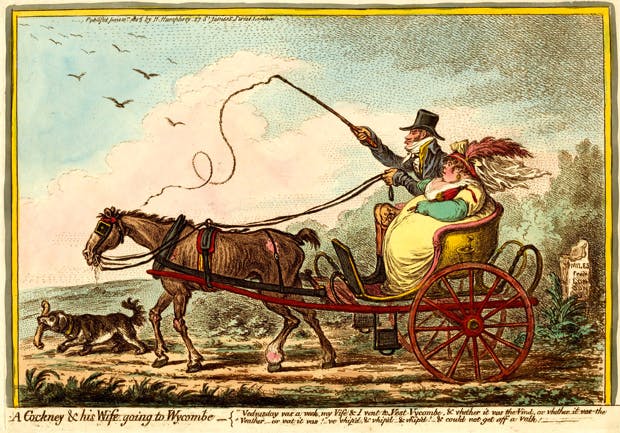
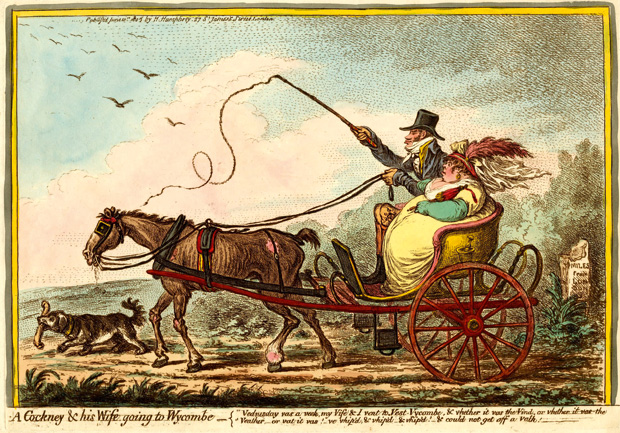


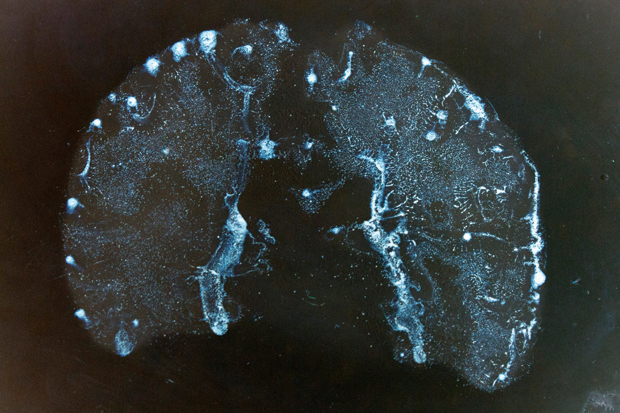
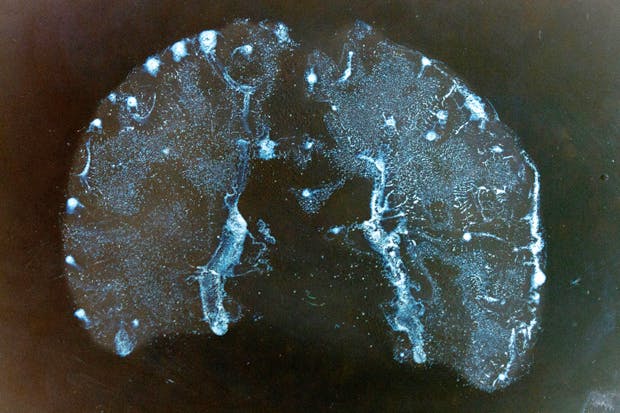
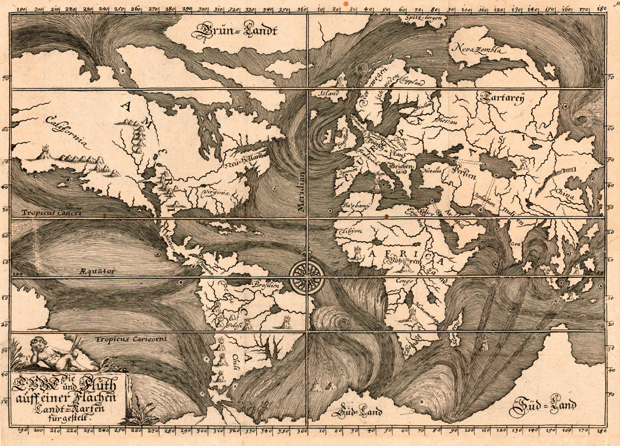






Comments
Don't miss out
Join the conversation with other Spectator Australia readers. Subscribe to leave a comment.
SUBSCRIBEAlready a subscriber? Log in